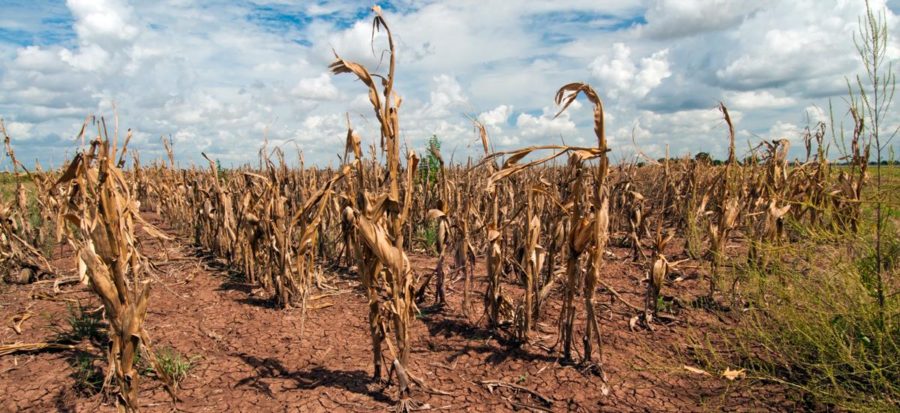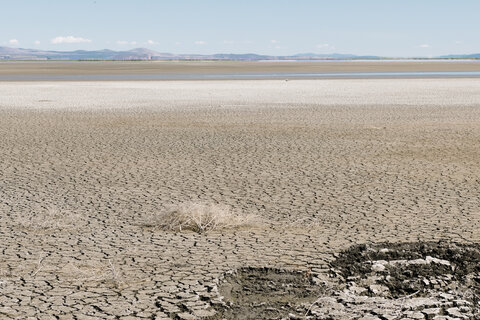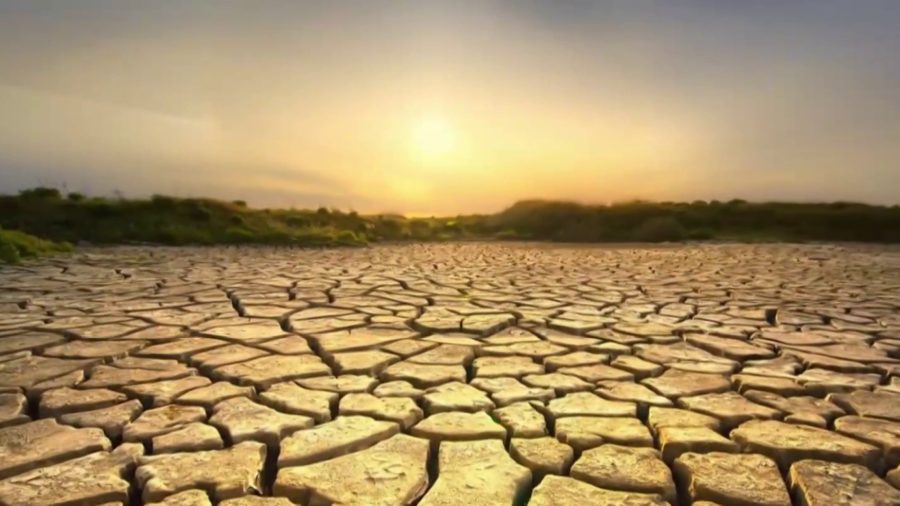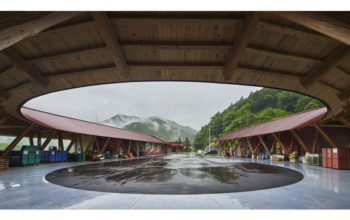The western United States is experiencing an unrelenting drought and it looks like it may be here to stay.

It shouldn’t be a surprise to anyone that California and other parts of the western United States are enduring another dry year. While sensational and dramatic headlines include phrases such as “mega-drought” and “long-term drought,” we quickly forget that just a few years ago, we experienced one of the wettest years on record.
Now, it is another dry year. Not just dry because we had less rain and snow this past winter but because three decades of environmental policy forced every extra drop of water to the ocean when Mother Nature provided, while completely disregarding the ability and reasons for the existence of current infrastructure.
Here we go again.
You might think water in the west – including California – is the main topic for discussion and problem solving among politicians both in Washington D.C. and Sacramento at times such as these.
While California citizens owe over $1 billion in water debt, while increasing acreage that supplies the United States with food goes fallow, while farmworkers lose jobs, and while sewage continues to leak into the Delta, surely governmental agencies, committees, and their bureaucratic tax collectors have a very clear view of their priorities, right?
You might think everyone realizes the dire situation our nation’s food supply is about to experience, right?
The U.S. Secretaries of Agriculture and Interior issued a joint statement on the “Western water crisis,” formed a drought task force on drought and the Secretary of Agriculture has declared 50 counties in California “as primary natural disaster areas due to a recent drought.”
Of course, any sensible person would think this is a top priority in order to ensure water delivery to people and farms.
Not if you’re a member of the House Water, Oceans, and Wildlife Subcommittee (otherwise affectionately known as the “WOW Subcommittee).
Their topic for discussion during an April 27 hearing was entitled “Wildlife Trafficking and the Growing Online Marketplace.”
The Subcommittees next meeting topic, scheduled for Tuesday? Coral Reef Conservation.
It appears the topic of human suffering is not a priority of this Subcommittee. In a letter sent on the same day as the WOW panel’s Wildlife Trafficking hearing, California Republicans on Capitol called on House Natural Resources Chairman Raul Grijalva (D–Ariz.), subcommittee Chairman Rep. Jared Huffman (D–San Rafael), and ranking members Bruce Westerman (R–Ark.) and Cliff Bentz (R–Ore.) for the complete lack of regard and effort toward real-time crisis.
Unbelievably, the Democratic Majority agenda for the Tuesday’s subcommittee hearing is solely focused on coral reefs. Meanwhile, the majority has stubbornly refused to add to the agenda the reauthorization of Subtitle J of Title III of the WIIN Act. Farmers and water managers know this legislation is absolutely imperative in dealing with drought conditions.
Grijalva seems to attack the delivery of water to Californians while ignoring the crisis when water is short. Read more from The Sun

A crippling drought in the western US is dropping the water level at Lake Mead and the Hoover Dam to a historically low level, putting pressure on the region’s drinking water supply and the dam’s electric capacity.
By Thursday, Lake Mead’s water level is expected to sink to the lowest it’s been since it began filling during construction of the Hoover Dam, according to Bureau of Reclamation spokeswoman Patricia Aaron.
“Lake Mead will most likely hit elevation 1,071.61 (feet) on Thursday, June 10. That will match the previous lowest elevation on record since the 1930s,” Aaron said.
Lake Mead and the Hoover Dam straddle the Arizona-Nevada state line along the Colorado River, about 35 miles southeast of Las Vegas. The river provides drinking water to Arizona, Nevada, and part of Mexico. The dam generates electricity for parts of Arizona, California and Nevada.
While the lake’s water level is expected to reach a new low this week, it won’t be the bottom. “We anticipate the elevation of Lake Mead to continue to decline until November 2021,” Aaron said.
Parts of the West and the Intermountain West have been in near continual drought conditions for decades. The Intermountain West is the area between the Rocky Mountains and Cascade Mountains in the Pacific Northwest and the Sierra Nevada Mountains in California.
“Some years are better than others and not in all places at all times, but the region has never fully recovered with enough rainfall and snowfall to erase the deficit,” CNN meteorologist Brandon Miller said.
Miller described the drought as a “vicious cycle” in which dry land leads to less evaporation, which leads to fewer clouds and more sun, which equals more heat and evaporation.
“Climate change is clearly playing a role, as recent years have all been among the hottest in history. The warmer temperatures are driving that vicious cycle, and making it harder for normal or even above average rainfall years to make a dent in the drought,” Miller said. “When one or two below average rainfall/snowfall years occur, as we have just seen, the results are disastrous.”
As the water in Lake Mead drops, so does the dam’s electrical output. Hoover Dam usually produces about 2,074 megawatts, according to the Western Area Power Administration. That’s about enough electricity for nearly 8 million people. Tuesday’s capacity is 1,567 megawatts, a drop of about 25%.
“Every foot of lake level decline means about 6 (megawatt) of lost capacity,” Aaron said.
With no relief in sight, officials are planning for another unprecedented declaration in August, which is when operating conditions are set for the following year. It’s likely a Level 1 Shortage Condition will be declared for 2022 for Lake Mead, Aaron said, meaning surrounding states will have to implement water-saving measures.
Arizona Department of Water Resources Director Tom Buschatzke said the planned drop in water coming from Lake Mead next year will be “painful,” but the department is already working on contingency plans. Read more from KYMA





